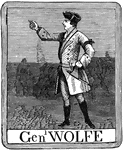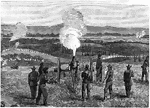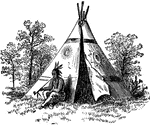
Teepee
A tipi (also teepee, tepee) is a conical tent originally made of animal skins or birch bark and popularized…
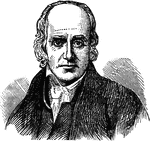
Charles Wilson Peale
Charles Willson Peale (April 15, 1741 – February 22, 1827) was an American painter, soldier and…
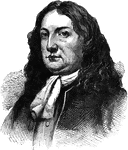
William Penn
William Penn (October 14, 1644 – July 30, 1718) was founder and "Absolute Proprietor" of the Province…
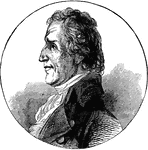
Marinus Willett
Marinus Willett (July 31, 1740 – August 22, 1830) was an American soldier and political leader from…
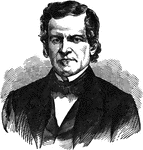
Francis Wilkinson Pickens
Francis Wilkinson Pickens (April 7, 1805 – January 25, 1869) was an American lawyer and politician…
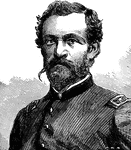
James Harrison Wilson
James Harrison Wilson (September 2, 1837 – February 23, 1925) was a United States Army topographic…
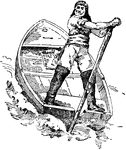
Scull
A man using a single scull to row a boat. Sculling was used by ancient Chinese, American Indians, and…
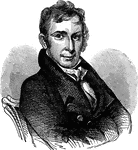
William Henry Winder
William Henry Winder (1775 – 1824) was an American soldier and a Maryland lawyer. He was a controversial…
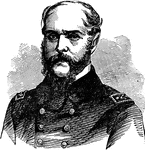
John Ancrum Winslow
Rear Admiral John Ancrum Winslow (1811 – 29 September 1873) was an officer in the United States…
Electric Eel
The electric eel, Electrophorus electricus, is a species of fish. It is capable of generating powerful…
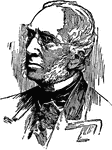
Robert Charles Winthrop
Robert Charles Winthrop (May 12, 1809 – Boston) was an American lawyer and philanthropist and…
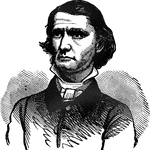
Henry Alexander Wise
Henry Alexander Wise (December 3, 1806 – September 12, 1876) was an American statesman from Virginia.…
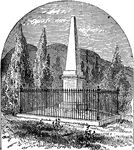
Colonel Eleazer Derby Wood's Monument at West Point
Eleazer Derby Wood (1783 – September 17, 1814) was an American Army officer in the War of 1812.…

Stewart Lyndon Woodford
Stewart Lyndon Woodford (September 3, 1835 – February 14, 1913) was an American politician. He studied…
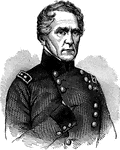
John Ellis Wool
John Ellis Wool (February 20, 1784 – November 10, 1869) was an officer in the United States Army…

David Wooster
David Wooster (March 2, 1710 – May 2, 1777) was an American general in the American Revolutionary…

John Lorimer Worden
John Lorimer Worden (12 March 1818 – 19 October 1897) was a U.S. Admiral who served in the American…
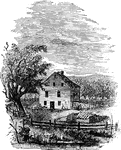
Site of Wintermoot's Fort
The Battle of Wyoming was an encounter during the American Revolutionary War between American Patriots…

Wyoming Valley Massacre
The Battle of Wyoming was an encounter during the American Revolutionary War between American Patriots…
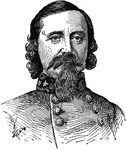
George Edward Pickett
George Edward Pickett (January 16, January 25 or January 28, 1825 – July 30, 1875) was a career…
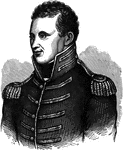
Zebulon Montgomery Pike
Zebulon Montgomery Pike Jr. (January 5, 1779 – April 27, 1813) was an American soldier and explorer…
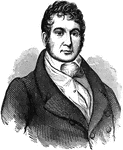
William Pinkney
William Pinkney (March 17, 1764 – February 25, 1822) was an American statesman and diplomat, and the…
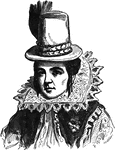
Pocahontas
Pocahontas (c. 1595 – March 21, 1617) was a Native American woman who married an Englishman, John…
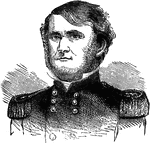
Leonidas Polk
Leonidas Polk (April 10, 1806 – June 14, 1864) was a Confederate general who was once a planter…
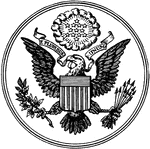
Great Seal of the United States
The Great Seal of the United States with "E. Pluribus Unum" and a bald eagle holding thirteen arrows…
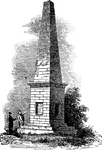
The Wyoming Monument
The Monument marks the grave site of the bones of victims of the Wyoming Massacre, which took place…
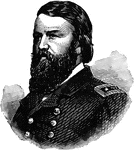
John Pope
John Pope (March 16, 1822 – September 23, 1892) was a career United States Army officer and Union…
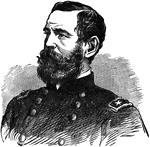
Fitz John Porter
Fitz John Porter (August 31, 1822 – May 21, 1901) (sometimes written FitzJohn Porter) was a career…
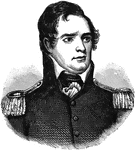
Peter Buel Porter
Peter Buell Porter (August 14, 1773 – March 20, 1844) was an American lawyer, soldier and politician…
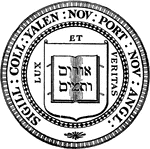
Seal of Yale University
Serious American students of theology and divinity, particularly in New England, regarded Hebrew as…
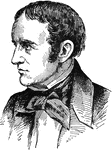
William H. Prescott
William Hickling Prescott (May 4, 1796 – January 29, 1859) was an American historian.
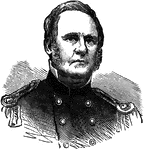
Sterling Price
Sterling Price (September 20, 1809 – September 29, 1867) was a lawyer, politician, and militia…

Battle of Princeton
The Battle of Princeton (January 3, 1777) was a battle in which General Washington's revolutionary forces…
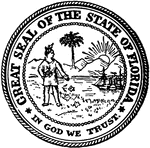
Seal of Florida
The Great Seal of the State of Florida. The image shows a Seminole Native American sprinkling flowers.…
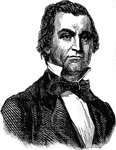
William Lowndes Yancey
William Lowndes Yancey (August 10, 1814 – July 27, 1863) was a journalist, politician, orator,…
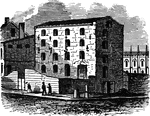
Van Cortlandt's Sugar House
Van Cortlandt's Sugar House was a famous (or infamous) prison of the Revolution. It stood on the northwest…
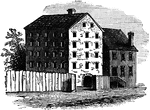
Sugar House in Liberty Street
Perhaps the worst of all the New York prisons during the American Revolution was the third Sugar House,…

Provost Jail
The New Jail was made a Provost Prison during the Revolutionary War and here officers and men of note…
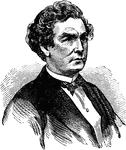
Richard Yates
Richard Yates (January 18, 1818 – November 27, 1873) was governor of Illinois during the American…
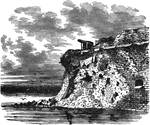
Breach in Fort Pulaski
Fort Pulaski was prepared for a possible infantry attack. However, Fort Pulaski never endured a direct…
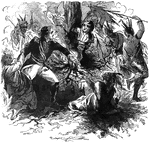
The Rescue of Israel Putnam from the Indians
"The French officer rescuing Putnam from the Indians." - Lossing

Rufus Putnam
Rufus Putnam (April 9, 1738 – 1824) was a colonial military officer during the French and Indian…

Gunboats Ascending the Yazoo River
The Yazoo River was of major importance during the American Civil War. The first electrically detonated…
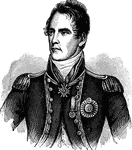
Sir James Lucas Yeo
Sir James Lucas Yeo KCB (7 October 1782 – 21 August 1818) was a British Naval commander who served…
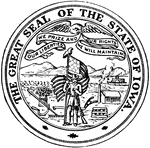
Seal of Iowa
The Great Seal of the State of Iowa. The seal pictures a soldier in wheat field with the American flag…
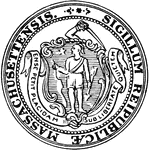
Seal of Massachusetts
The Seal of the State of Massachusetts. The seal has a shield in the center with a Algonquin Native…
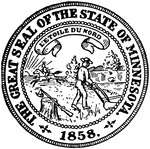
Seal of Minnesota
The Great Seal of the State of Minnesota. The seal depicts a farmer plowing as a Native American rides…
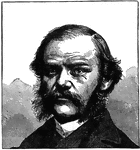
Henry Jarvis Raymond
Henry Jarvis Raymond (January 24 1820 - June 18 1869) was an American journalist and politician.
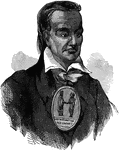
Red Jacket
Red Jacket (known as Otetiani in his youth and Sagoyewatha after 1780) (c. 1750–January 20, 1830)…

Red River Expedition
The Red River Campaign or Red River Expedition consisted of a series of battles fought along the Red…

Paul Revere
Paul Revere (1735 - 1818) was an American silversmith and a patriot in the American Revolution.
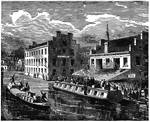
Governor Smith Leaving Richmond
Governor Smith leaving Richmond during the American Civil War campaign against Richmond.

Libby Prison, Richmond
Libby Prison was a Confederate Prison at Richmond, Virginia, during the American Civil War.

Devastation in Richmond
The devastation in Richmond Virginia following the campaign against Richmond.
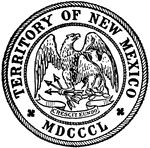
Seal of New Mexico
The Great Seal of the State of New Mexico, 1850. The seal pictures the American Bald Eagle and the Mexican…
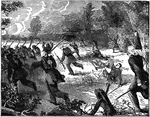
Battle of Rich Mountain
The Battle of Rich Mountain took place on July 11, 1861, in Randolph County, Virginia as part of the…
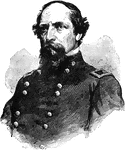
James Brewerton Ricketts
James Brewerton Ricketts (June 21, 1817 – September 22, 1887) was a career officer in the United…
